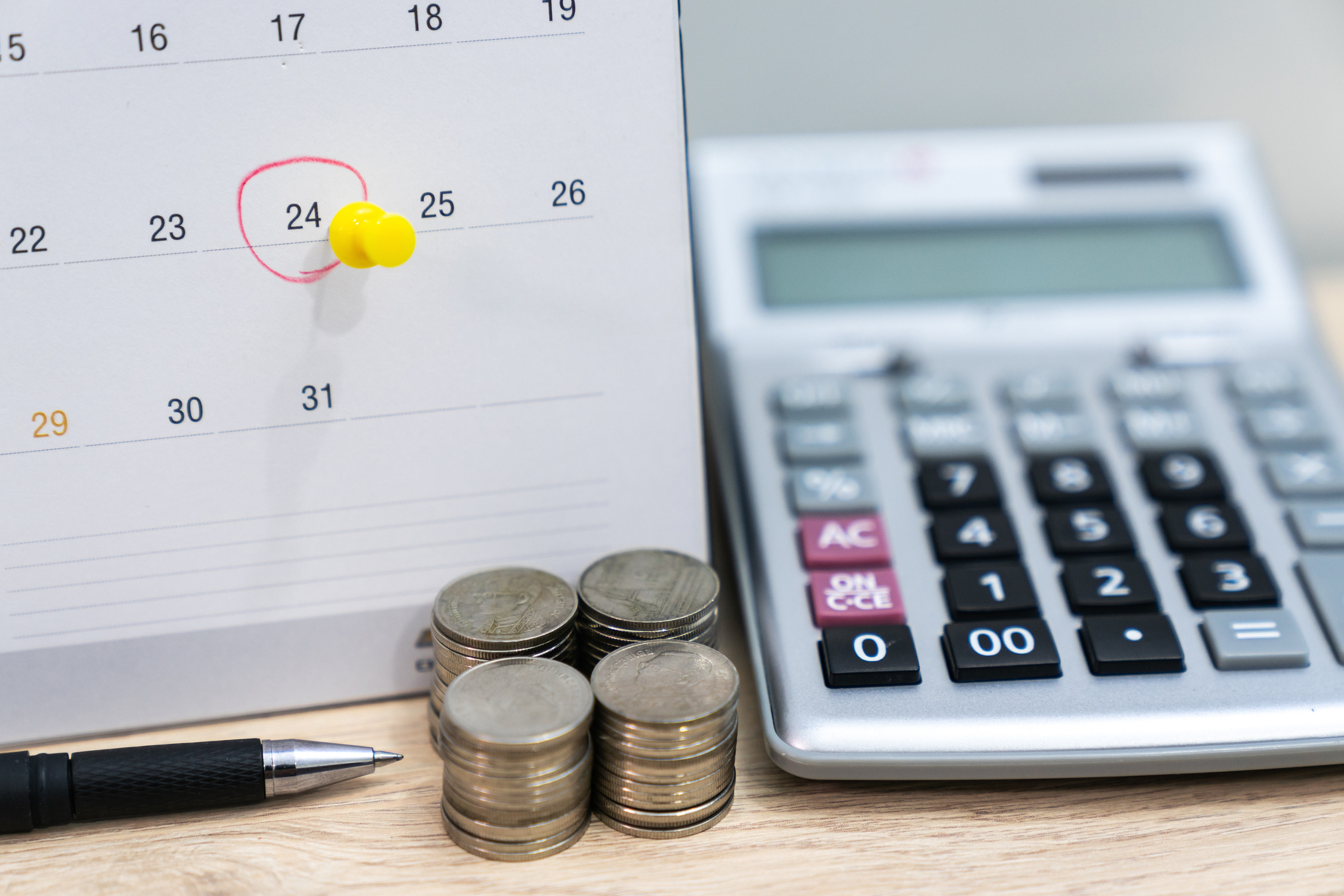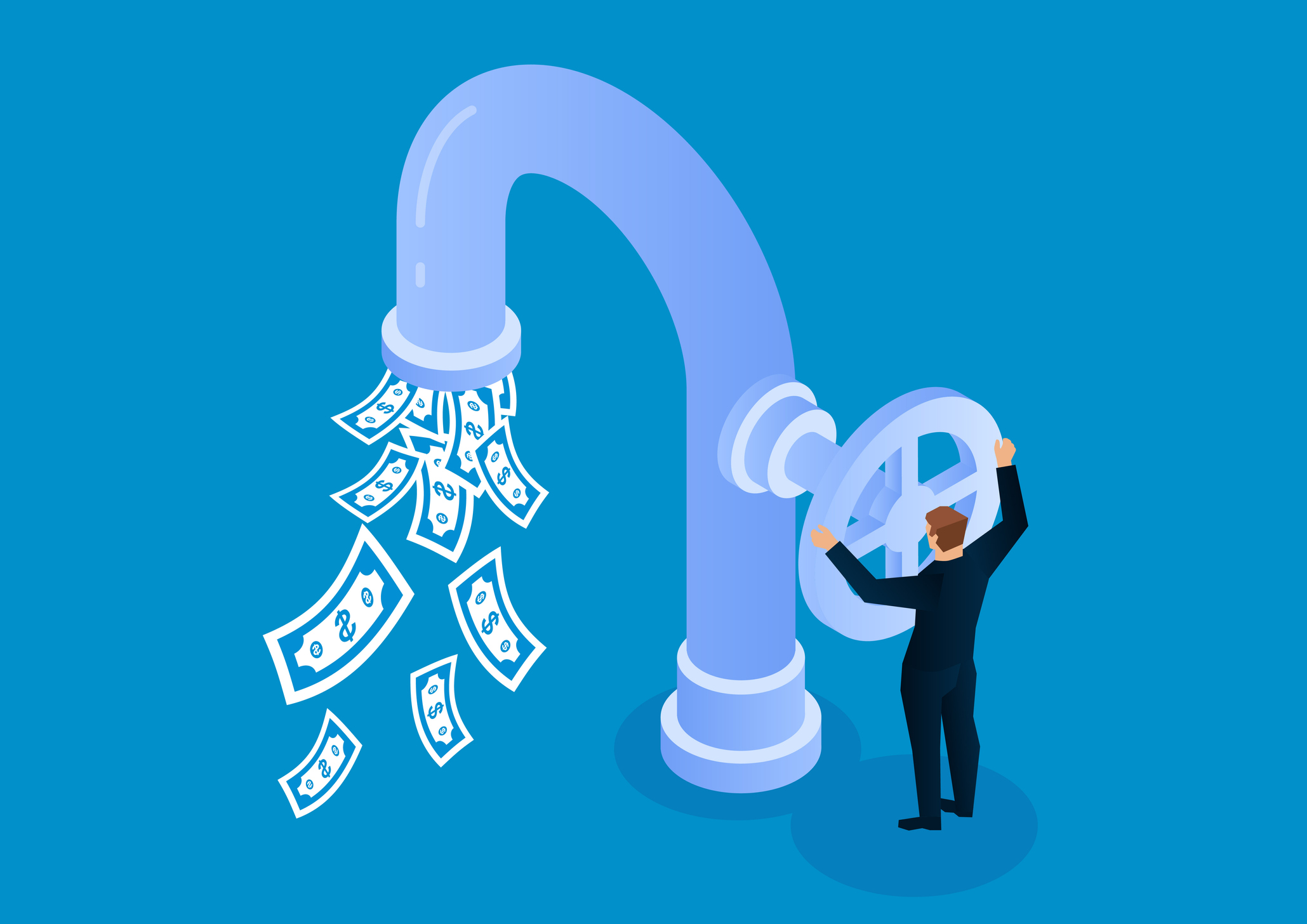Spread Your Bets in Today's Tricky Bond Market
Funds either offer weak returns or come with credit risk.


Get used to it: The years of generous, low-risk returns are over for bonds. Almost all investors still need to own bonds because they provide ballast for your portfolio. But to make much money, either you’ll have to take some risk or you’ll have to be content with puny returns—for many years to come. In my view, the best course is to split the difference: Put some of your fixed-income money in safe bond funds and the rest in riskier funds.
First, let’s look at how we got here, remembering that bond prices move inversely from bond yields. A little more than a year ago, on July 8, 2016, to be precise, the 10-year Treasury note closed at a record low yield of 1.37%. That may well turn out to be the ultimate low after a 34-year bull market in bonds, which began on September 30, 1981, when the Treasury yield closed at a record high of 15.84%.
Since last summer’s record low, the yield on the 10-year Treasury has risen to about 2.3%, and many bond funds have either lost money or posted minuscule returns. With economies in the U.S. and abroad growing and the Federal Reserve raising short-term interest rates, albeit slowly, don’t count on a return to the days when bond funds regularly chalked up annual returns of 5% or better.

Sign up for Kiplinger’s Free E-Newsletters
Profit and prosper with the best of expert advice on investing, taxes, retirement, personal finance and more - straight to your e-mail.
Profit and prosper with the best of expert advice - straight to your e-mail.
Bonds, of course, are essentially IOUs. When you buy a bond, you loan a business or a government your money in exchange for a promise it will be repaid with interest. The highest potential returns come from either loaning money for a long period or loaning it to an entity that’s a less-than-perfect credit risk—that is, you risk not being repaid at all.
To me, long-term bonds and bond funds are too risky these days, because they’ll lose more than their shorter-term counterparts when rates rise. Think of the yield you get from a bond fund as the reward a fund can give you; think of the fund’s duration, which is measured in years and shows how sensitive a fund is to fluctuations in interest rates, as a key measure of risk. Duration is a more accurate measure of a bond’s interest-rate risk than maturity. Today, I’d avoid anything with a duration of more than about five years.
Consider: Vanguard Long-Term Bond Index fund admiral (symbol VBLTX) yields 3.6%, while the Vanguard Short-Term Bond Index fund admiral (VBIRX) yields 1.7%, or about two percentage points less. That extra two percentage points is your reward for owning the long-term fund. But the long-term fund has a duration of 15.3 years, while the short-term fund has a duration of just 2.8 years. Should bond yields rise by one percentage point, the long-term fund’s price would plunge by 15.3%, compared with a loss of just 2.8% for the short-term fund. For my money, the long-term fund comes with too much interest-rate risk for a relatively small potential reward.
The other way to make money in bonds is to loan money to a government or company that’s not a great credit risk. Vanguard High-Yield Corporate (VWEAX), a junk-bond fund, has very little interest-rate risk and yields a healthy 4.8%—more than one percentage higher than the Vanguard long-term fund. But even though the fund is quite conservative, as are almost all Vanguard funds, all but 9% of assets are rated BB or below by Standard & Poor’s. A double-B rating means a bond “faces major ongoing uncertainties” that could make the borrower unable to pay its obligations, according to S&P.
Unfortunately, current spreads between the yields of high-quality, investment-grade bonds and the yields of junk bonds—that is, the premium you get for buying junk—are quite low, historically speaking.
What’s more, lower-quality bonds tend to behave more like stocks than like high-quality bonds during stock bear markets. That makes sense: The weaker the economy, the weaker the stock market and the less likely junk-bond issuers will be able to pay their investors.
If your main reason for owning bonds is to provide ballast for your investments in hard times, you’ll do better with a high-quality fund with relatively low interest-rate risk. Look at the 2007–09 bear market, when the S&P 500-stock index, including dividends, lost 55.3%. The Vanguard junk fund lost 23.4%, while the Vanguard short-term fund gained 8.0%.
One more caveat: Don’t invest a lot in U.S. government bonds. These are the safest instruments you can find, but, as a result, their yields are tiny.
My favorite low-risk fund is Vanguard Short-Term Corporate Bond ETF (VCSH) or the admiral shares of the mutual fund version (VSCSX), which has a $10,000 minimum. All holdings are investment-grade; the fund’s average security is rated single-A by S&P. Duration is just 2.9 years, meaning the fund would lose little if rates were to rise, and it yields 2.2%. Expenses are a mere 0.07% annually.
The downside: There’s no way you’ll earn more than about 2% annually. Over the past three years, the fund returned an annualized 2.0%.
For money in a taxable account, again I favor a low-risk, low-cost Vanguard fund, Vanguard Limited-Term Tax-Exempt (VMLTX). This fund’s average holding is rated single-A by S&P. It has a duration of 2.4 years and a tax-free yield of 1.2%—equivalent to 2.1% for an investor taxed at the top federal rate. Annual expenses are just 0.19%.
Because the yields on these two funds are so puny—a little more than you could get on a good bank certificate of deposit—I wouldn’t put all my bond money in either. Instead, consider your tolerance for risk and how soon you’ll be spending your money, and divide your bond investments between Vanguard Short-Term Corporate Bond and one or two riskier funds.
I wrote about my top bond picks last November. In addition to the two Vanguard funds above, my favorites are Metropolitan West Unconstrained (MWCRX), which has essentially no interest-rate risk and focuses on non-agency mortgages and other asset-backed securities; Osterweis Strategic Income (OSTIX), a cautious, short-term junk-bond fund; and Pimco Income D (PONDX), a multisector fund that mixes foreign and emerging-markets bonds with junk bonds, mortgages, corporates and Treasuries.
Steve Goldberg is an investment adviser in the Washington, D.C., area.
Get Kiplinger Today newsletter — free
Profit and prosper with the best of Kiplinger's advice on investing, taxes, retirement, personal finance and much more. Delivered daily. Enter your email in the box and click Sign Me Up.

-
 Financial Planning's Paradox: Balancing Riches and True Wealth
Financial Planning's Paradox: Balancing Riches and True WealthWhile enough money is important for financial security, it does not guarantee fulfillment. How can retirees and financial advisers keep their eye on the ball?
By Richard P. Himmer, PhD Published
-
 A Confident Retirement Starts With These Four Strategies
A Confident Retirement Starts With These Four StrategiesWork your way around income gaps, tax gaffes and Social Security insecurity with some thoughtful planning and analysis.
By Nick Bare, CFP® Published
-
 How Inflation, Deflation and Other 'Flations' Impact Your Stock Portfolio
How Inflation, Deflation and Other 'Flations' Impact Your Stock PortfolioThere are five different types of "flations" that not only impact the economy, but also your investment returns. Here's how to adjust your portfolio for each one.
By Kim Clark Published
-
 Kiplinger's Economic Calendar for This Week (April 14-April 18)
Kiplinger's Economic Calendar for This Week (April 14-April 18)This week's economic calendar features four Fed speakers and is highlighted by retail sales data and an unusually interesting weekly jobless claims update.
By Karee Venema Last updated
-
 Why I Still Won't Buy Gold: Glassman
Why I Still Won't Buy Gold: GlassmanOne reason I won't buy gold is because while stocks rise briskly over time – not every month or year, but certainly every decade – gold does not.
By James K. Glassman Published
-
 Should You Use a 25x4 Portfolio Allocation?
Should You Use a 25x4 Portfolio Allocation?The 25x4 portfolio is supposed to be the new 60/40. Should you bite?
By Nellie S. Huang Published
-
 Retirement Income Funds to Keep Cash Flowing In Your Golden Years
Retirement Income Funds to Keep Cash Flowing In Your Golden YearsRetirement income funds are aimed to engineer a steady payout of cash for retirees. Here are a few we like.
By Nellie S. Huang Last updated
-
 10 2024 Stock Picks From An Investing Expert
10 2024 Stock Picks From An Investing ExpertThese 2024 stock picks have the potential to beat the market over the next 12 months.
By James K. Glassman Published
-
 Dividends Are in a Rut
Dividends Are in a RutDividends may be going through a rough patch, but income investors should exercise patience.
By Jeffrey R. Kosnett Published
-
 Special Dividends Are On The Rise — Here's What to Know About Them
Special Dividends Are On The Rise — Here's What to Know About ThemMore companies are paying out special dividends this year. Here's what that means.
By Kim Clark Published